Introduction to Pop Music Genres:
Today, in Berlin Music School Damvibes, we are talking about Pop music: It is the most mainstream musical genre. It’s easy to define and recognize, as it’s often associated with catchy melodies, repetitive beats and simple lyrics that are easy to understand
Pop music history - Origin
Who invented pop music? Even though pop music has been around for a long time—since the 1920s—it’s hard to pinpoint just what makes it so popular. Is it because pop artists are more attractive than other musicians? Or do they get special treatment by record labels? And why does so much of what we listen to today fall under this broad umbrella term? After reading this article, we will answer all those questions!
What is pop music? Definition & Meaning
Pop music is a very broad term that describes music that is popular in the mainstream. The term “pop” refers to all kinds of genres, such as rock, country, rap, etc., but it generally has a catchy melody and lyrics. You might be thinking: What does this have to do with me?
Well, whether you like it or not, pop culture is everywhere. Pop songs are played on the radio every day and artists like Taylor Swift sell millions of albums each year!
10 Pop music examples:
1. "Single Ladies (Put a Ring on It)" by Beyoncé
2. "Umbrella" by Rihanna featuring Jay-Z
3. "Uptown Funk" by Mark Ronson and Bruno Mars
4. "Toxic" by Britney Spears
5. "Rolling in the Deep" by Adele
6. "Firework" by Katy Perry
7. "Rehab" by Amy Winehouse
8. "Call Me Maybe" by Carly Rae Jepsen
9. "SexyBack" by Justin Timberlake
10. "Hips Don't Lie" by Shakira
Who is considered a pop musician?
Pop artists are usually associated with the Billboard Hot 100 and the Billboard 200. While there are a few notable exceptions, pop artists tend to be from the mainstream of music culture. Pop artists are often associated with Top 40 radio stations due to their popularity and level of crossover into other genres of music, but this isn’t always true for all pop artists (some are considered alternative or rock).
Pop music - origin of the word "Pop"
The term “pop music” was first used in the 1950s to describe popular music that was not jazz or classical. The name received further attention when it was used by disc jockeys, who played songs on the radio that were not considered classical or jazz.
The first use of the phrase "pop music"
The first use of the phrase “pop music” was in the late 1940s, when it was used to describe popular music that was not jazz or classical. Previously, songs were classified as either pop or traditional. Pop songs were those written by professional songwriters; they often had simple melodies featuring a wide range of instruments and styles, but it wasn’t until the mid-to-late 1940s that this genre started being called “pop.”
Pop music has continued to evolve over time. Nowadays, pop artists are more likely to be solo singers than bands or groups—but even though you may recognize some names like Beyonce or Mariah Carey as icons from decades ago (or even just from their recent appearances on your local radio station), these ladies continue making hits today!
How did pop music become popular?
Pop music has evolved over the years, and one of the most popular pop songs today is “I Want It That Way” by the Backstreet Boys. It’s a combination of many different styles: R&B, classical music and country music.
Here’s how this song came about:
The Backstreet Boys were fans of N Sync and wanted to create a song like theirs—but even better! They created a catchy tune that could be easily sung by everyone.
They used electronic sounds in their voices when recording it so they would sound cool instead of just singing normally with no effects on their voices.
They made sure to add in as much country flavor as possible because that was what people liked at the time; plus it was easy for them since they were from Texas anyway!
Why is "pop" such a loaded term?
Some believe that the term “pop” is a shortening of popular, and that it was used as a derogatory term to describe the music of the working class. Others maintain that it’s an abbreviation for popular music. Still others argue that “popular” means “lowbrow,” or something less sophisticated than classical music (which may be why you’ve heard some people call pop songs “dumb”).
Because pop songs are usually short, catchy and easy to listen to (and because they tend to be written by professional songwriters), they’re often associated with commercialism: Pop acts like Taylor Swift sell millions of records worldwide every year.
Who all listens to pop music?
Pop is the most mainstream genre of music. It’s also the most popular, commercially successful and accessible genre. Pop songs are generally written to be sung by a wide range of voices, making them easier to sing along with than other genres that require specific vocal abilities such as opera or heavy metal.
Popular music is often created as an expression of one’s feelings and/or experiences. As such, it appeals to a teenage audience because teenagers are going through many changes in their lives at this time and therefore have many emotions they need to express. In addition, pop music tends not only to be catchy but also upbeat which makes it something that people can dance along with while having fun at parties or clubs!
Is it true that pop artists need to be more attractive than other musicians?
Yes, it’s true. Pop music is the most accessible genre to a wide audience (especially in terms of age), it’s also more commercial than any other type of music. Because of this, pop artists need to look and sound more attractive than musicians from other genres.
There are exceptions – for example, look at rappers like Jay-Z or Kanye West who do both rapping and singing well; they’re incredibly successful despite not being traditionally good looking. And while they do sing on occasion they don’t do it very often compared to other genres where singing is usually required
Pop is short for popular and it's the most mainstream musical genre.
Pop is short for popular, and it’s the most mainstream musical genre. Pop music is the most accessible of all genres, with its songs being easy to listen to and sing along with. This is why it’s so popular among young people. It’s also the most commercial of all genres because record companies aim their marketing campaigns at teens and pre-teens–they’re trying to get kids and teenagers to buy their CDs!
Pop music is generally written and performed by solo artists or bands that are not as well known as other types of artists like rock bands or rappers; they’re what you’d call minor celebrities in comparison. Pop songs are disposable: they don’t last very long in your memory after listening once–in fact, some people may never even finish listening through an entire album before forgetting about it completely (or perhaps just deleting it from their phones).
Conclusion
So, what did we learn? Pop music is a genre that’s easy to understand and has been around for decades. The term was first used in the 1950s to describe the music that was popular at the time, which means it wasn’t really specific until later on when artists like Madonna became famous for making records with catchy beats and lyrics that anyone could dance along with. Although some people are still not sure what they think about pop music today because they think of it as shallow or too commercialized compared with other genres such as rock or alternative rock – there’s no denying its popularity among listeners around the world!
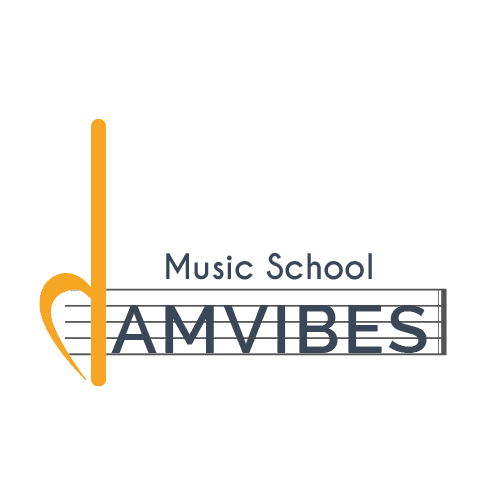
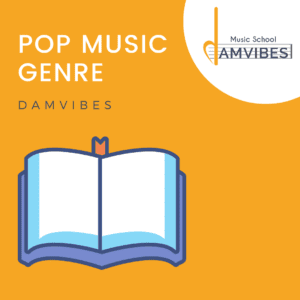
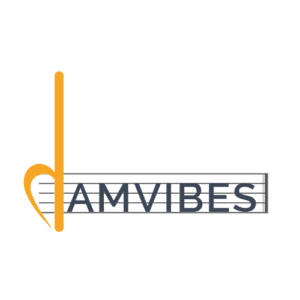




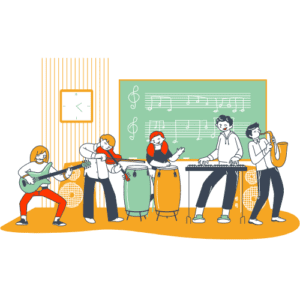
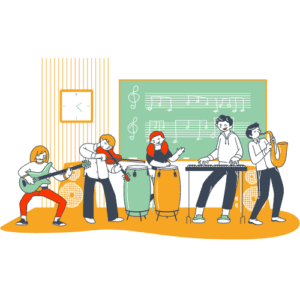
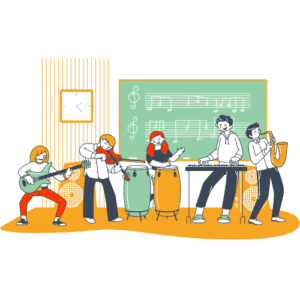
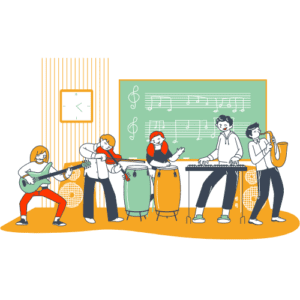
2 responses
when was the website published? i need to cite it for a school essay
It was published in 2018. Thank you very much!